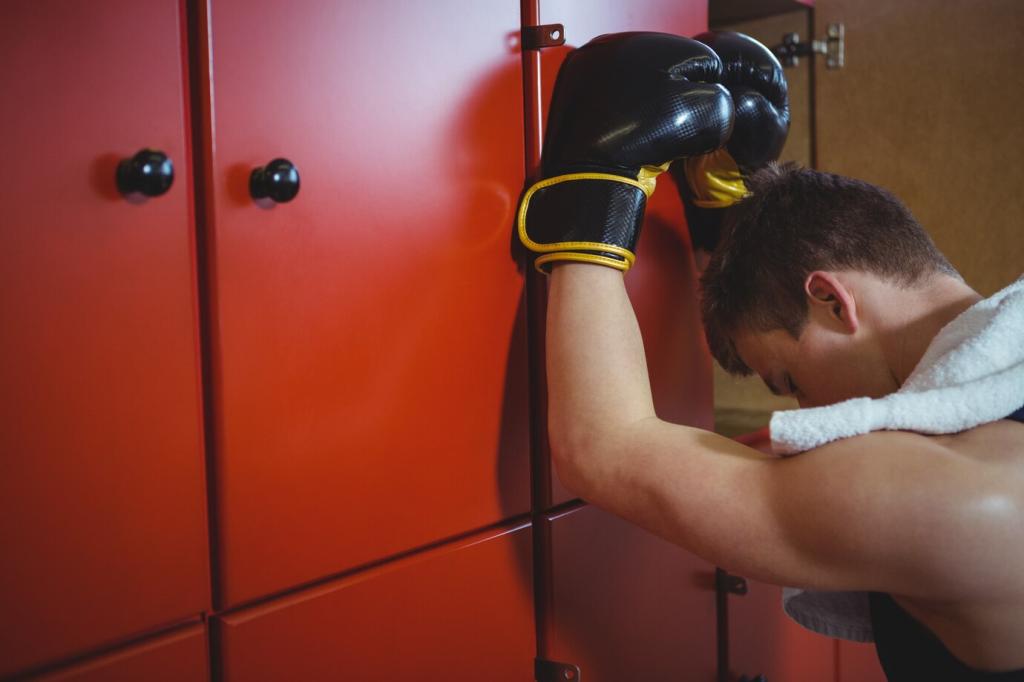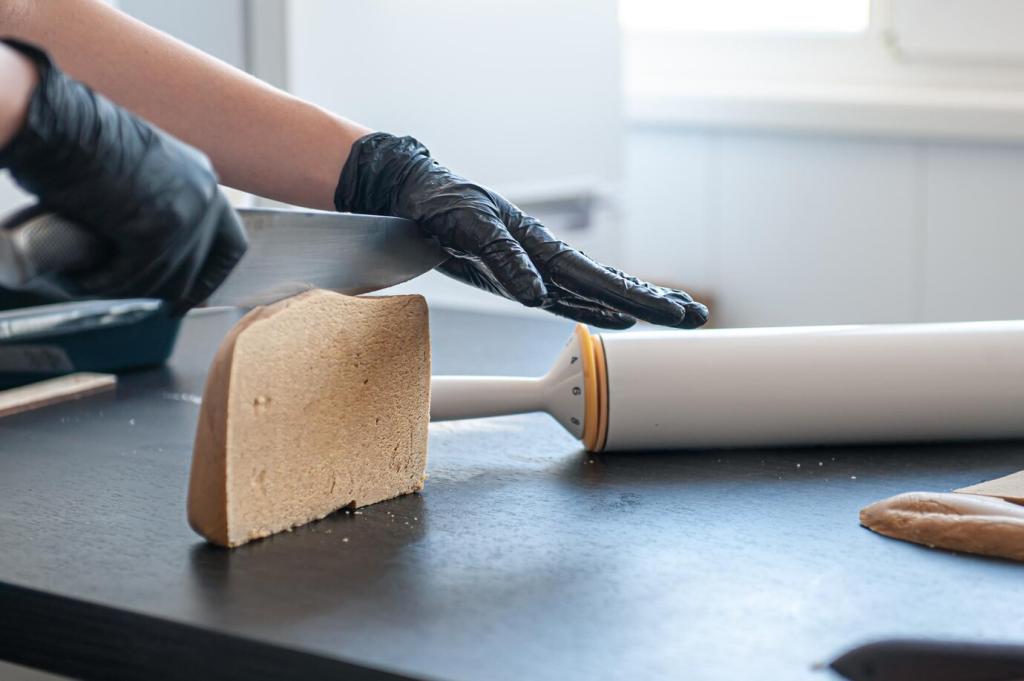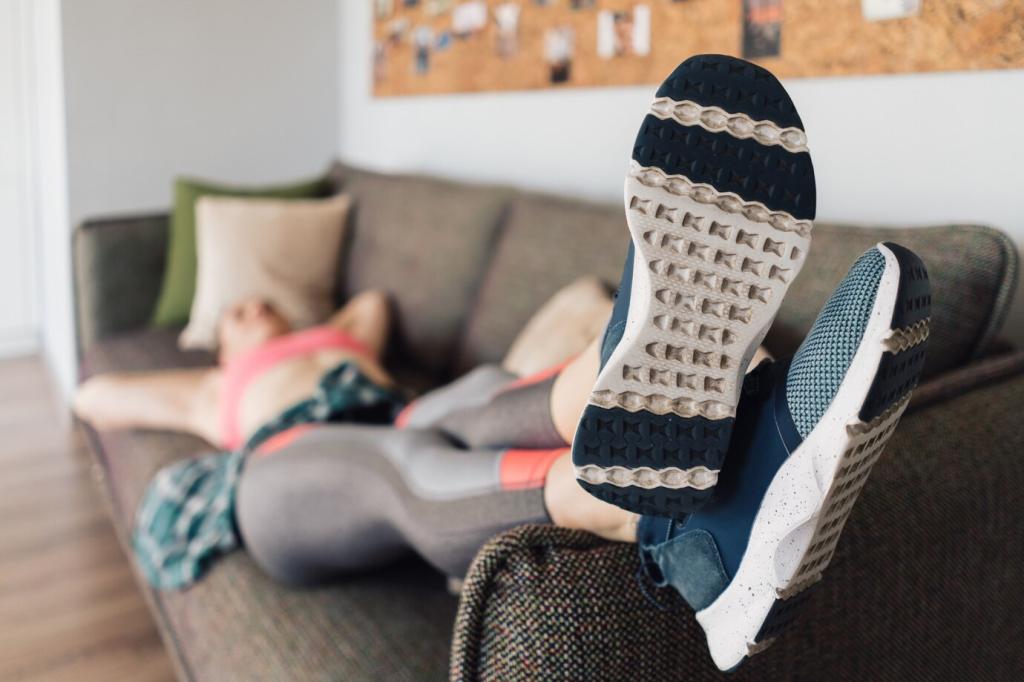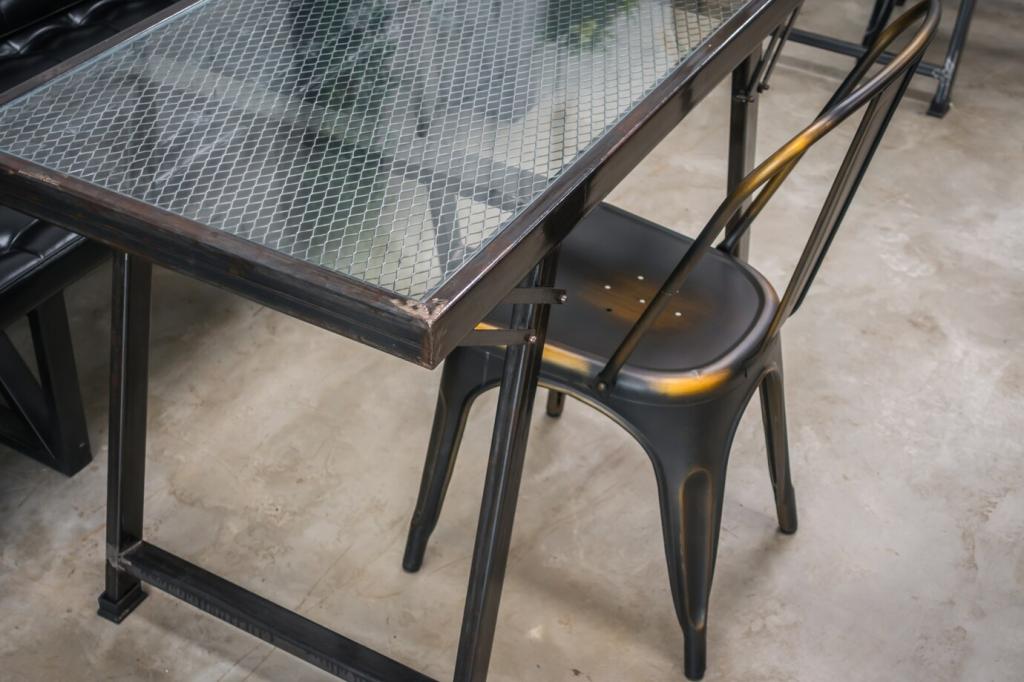Furniture Lifting and Moving Safety Tips: Move Smart, Stay Strong
Chosen theme: Furniture Lifting and Moving Safety Tips. Welcome to a practical, story-driven guide that helps you lift, carry, and relocate heavy pieces without drama or injury. We share proven techniques, real-life anecdotes, and friendly checklists. Comment with your toughest moving challenge, and subscribe for weekly safety-first insights.

Know Before You Lift: The Safety Mindset
Assess Weight, Balance, and Hidden Surprises
Check weight ratings, feel the center of gravity, and test-lift one corner before committing. Remove drawers and loose shelves to prevent sliding hazards mid-carry. Label fragile areas like glass panels. When in doubt, lighten the load first and ask for a second set of hands.
Plan the Route and Schedule Micro-Breaks
Walk the entire path, noting turns, thresholds, and stair landings. Identify safe rest spots and prop open doors beforehand. Confirm elevator reservations and time windows. Micro-breaks every fifteen minutes keep focus sharp and reduce grip fatigue that leads to bad decisions.
Warm Up and Hydrate Before Heavy Effort
Five minutes of dynamic stretches—leg swings, hip hinges, shoulder circles—preps muscles and joints. Drink water early, not only during the lift. Limit caffeine spikes that mask fatigue. Secure hair, remove rings, and fit gloves properly. A primed body moves safely and predictably.
Space Prep That Prevents Injuries
Use a tape measure to check width, height, and diagonal clearance of both furniture and openings. Consider removing legs or feet to gain crucial centimeters. Compare dimensions with stair turns and elevator depths. Measurements prevent getting stuck mid-turn with a heavy, awkward load.
Space Prep That Prevents Injuries
Roll up rugs, tape down cables, and move plants out of traffic lanes. Keep children and pets in another room with supervision. Improve lighting near thresholds. Place non-slip mats outside entrances. A quiet, hazard-free path reduces trip risks and keeps the team focused.


Hinge at the Hips, Keep a Neutral Spine
Bend at the hips and knees, not the waist. Brace your core, eyes forward, and keep the load close to your center. Drive through the heels to stand. Avoid twisting under load; pivot your feet instead. Slow, deliberate movement reduces shear forces on the back.
Grip Tactics and Hand Protection That Work
Choose power grips over fingertip pinches. Use textured gloves for sweaty conditions and smooth finishes. Hook under sturdy edges, not fragile trim. Re-grip only when the item is stable on a rest point. If knuckles brush walls, add blanket padding to protect skin and surfaces.
When and How to Use Moving Straps
Shoulder or forearm straps shift weight to stronger muscle groups and improve posture. Adjust lengths so both lifters share load evenly. Practice with an empty piece first. Avoid straps with fragile antiques or loose components. Always confirm path clearance before committing to the lift.
Choosing the Right Dolly for the Job
Use an appliance dolly with straps for tall, heavy items like fridges or armoires. Four-wheel dollies suit boxes and low, stable loads. Larger wheels handle thresholds better. Check tire inflation on pneumatic models. Secure items with bands and test balance before rolling into tight spaces.
Sliders, Ramps, and Simple Low-Friction Aids
Furniture sliders reduce friction on carpet and protect hardwood. Place cardboard or masonite as temporary glide paths. Use portable ramps for steps and thresholds, and confirm weight ratings. Test movement with light pressure first. If resistance spikes, reassess angles before forcing a risky push.
Stairs with Spotters and Smart Landing Breaks
Use a spotter above for guidance and one below for control. Take short steps, keep shoulders square, and pause on landings for breathing room. Tilt tall pieces to maintain clearance. Announce each step in unison. If confidence wavers, set down safely and reassess your plan.
Pivot, Tilt, and the High–Low Method
For tall furniture, one lifter holds high, the other low, creating diagonal clearance. Pivot gently around corners, watching both top and bottom edges. Pad contact points to avoid scrapes. Move in micro-adjustments rather than big swings. Rehearse the turn empty-handed to visualize angles.
Door Removal and Hinge Pin Tricks
When space is tight, pop hinge pins with a nail and hammer, then remove the door. Label pins and screws in a baggie. Protect finishes with painter’s tape. Reinstall immediately after the move. This quick step often adds crucial centimeters that make impossible turns easy.

Protecting Homes and Belongings
Wrap, Pad, and Secure Like a Pro
Use moving blankets on corners and high-wear edges. Add stretch wrap to hold padding tight. Remove shelves and secure doors with tape over protective paper, never directly on finishes. Label delicate areas. A few extra minutes of wrapping prevents expensive repair jobs and regrets.

If Something Goes Wrong: Prevention and Response

Shaky hands, sloppy footwork, or short tempers mean it is time to stop. Take water, stretch, and break tasks into smaller segments. Swap roles between lifter and spotter. Pride is not a plan; recovery minutes are cheaper than weeks of back pain and lost work.
